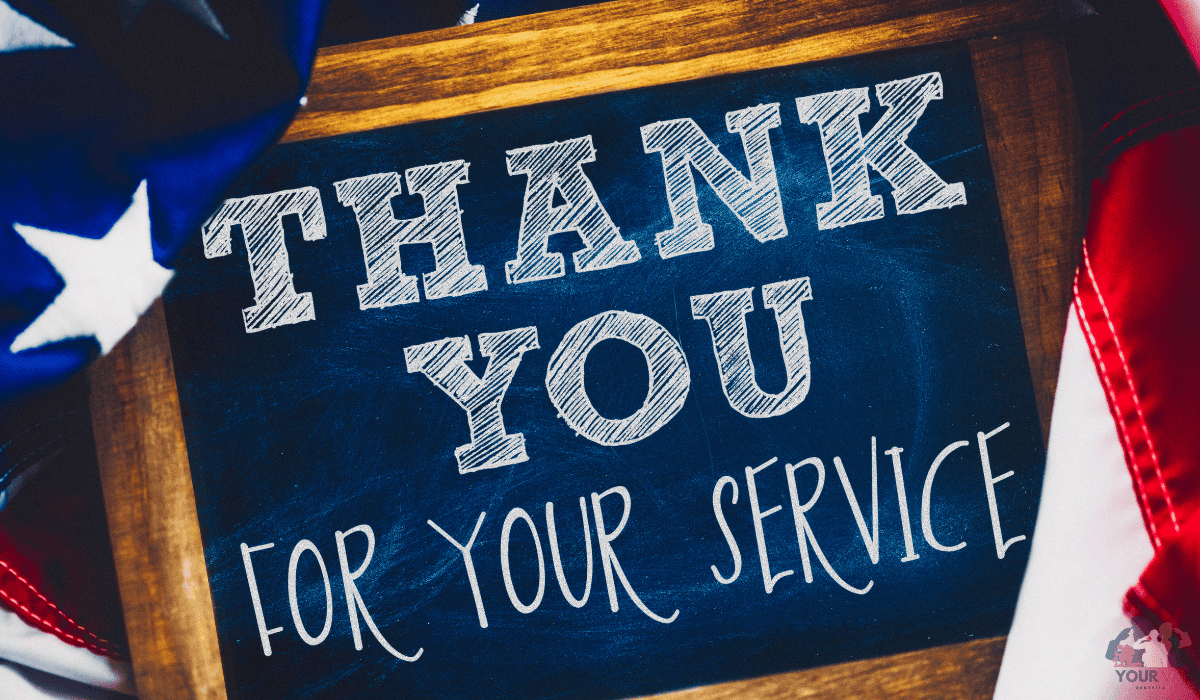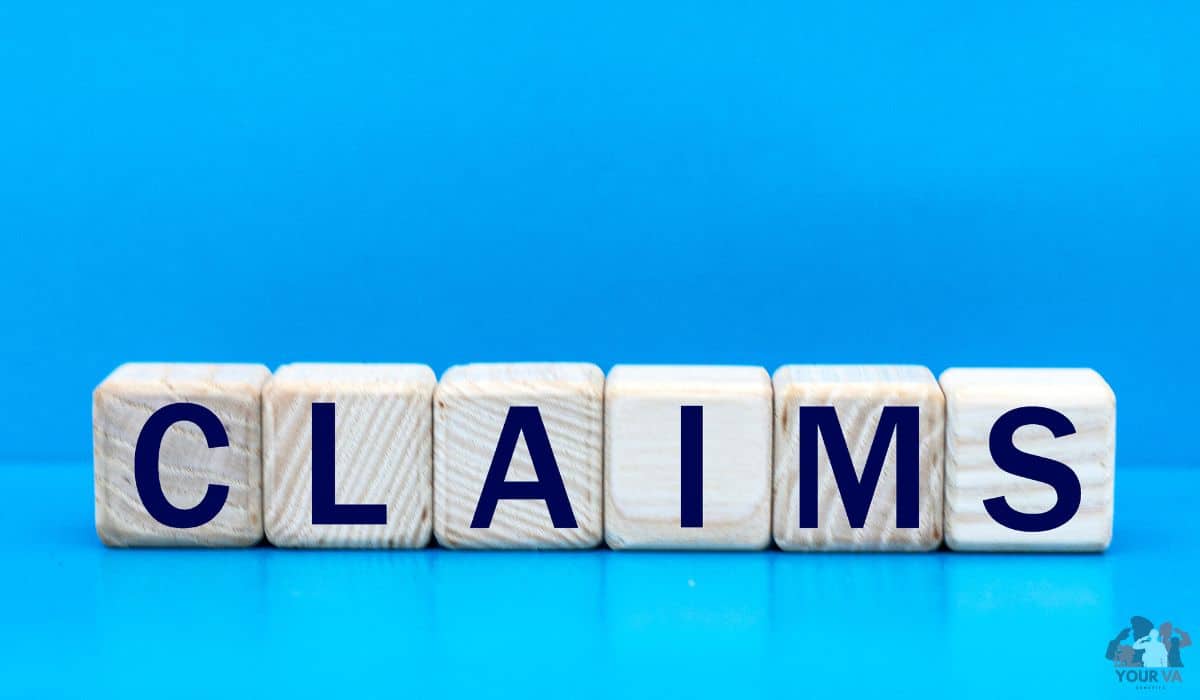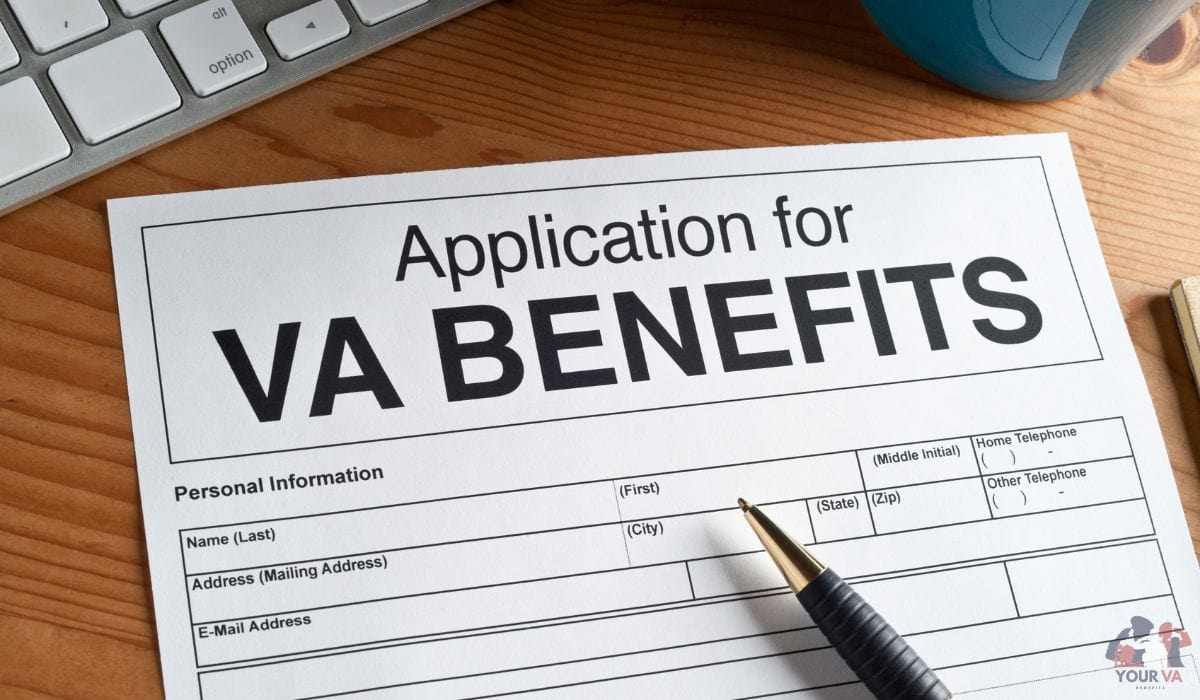You’ve filed your VA claim, eagerly awaiting a decision, when a notice arrives saying “secondary action required VA claim.” Your heart sinks. What does this mean? Are your benefits in jeopardy?
Don’t worry! From our experience, this notice isn’t a roadblock but a step forward in the VA claims process.
Last year, veterans and their families secured over $173 billion in disability compensation and pension benefits, proving how crucial it is to tackle these steps quickly to keep your claim on track.
This article breaks down what a secondary action means, why it happens, and how to respond effectively to move closer to a favorable outcome.
We’ll guide you through clear, actionable steps to handle this notice with confidence. Whether you’re a first-time filer, a veteran with a pending claim, or a family member helping out.
For more context, check out our previous article on VA disability claim filing mistakes to avoid common pitfalls. If you’re looking ahead, our next piece on va fully developed claim will dive into streamlining your process.
For a complete guide, our post on initial va disability claims filing covers everything you need to start strong.
Key Points
- Secondary Action Required means the VA needs more info to finish reviewing your claim.
- Common reasons include missing medical records, weak evidence linking to military service, or needing clarification on how your disability affects daily activities.
- Respond fast! Carefully review the request, gather only the requested information, and submit via VA.gov, mail, fax, or in-person. Keep copies!
- Always confirm the VA received your additional evidence.
- Avoid mistakes like missing deadlines or sending irrelevant documentation.
- Free assistance is available from VSOs. Expert help is wise for complex cases or if you’re stuck.
- Prompt, accurate responses lead to the best favorable outcome.
What Does Secondary Action Required Mean for Your VA Claim?
Got that “Secondary Action Required” notice? Don’t panic. It means the VA needs a little more from you before finishing their review. Think of it as a request for the final puzzle pieces.
This step usually happens after they’ve looked at your initial file but before a final rating decision. Seeing this status is actually good news. It means your claim is moving forward!
They just need specific details clarified or extra proof. You typically have 30 days to respond. Please pay close attention to the deadline. Missing it can pause your claim completely. Worse, they might decide based only on what they already have, which could lead to a denial.
Responding quickly keeps things on track.
Most Common Reasons for Secondary Action Required VA Claims
Why did the VA send you this request? It’s almost always because they need clearer proof or specific details. Here are the top reasons:
- Missing or incomplete medical records: Maybe they couldn’t get records from your current doctor or need more treatment history showing your current condition. They require records proving the severity.
- The link needs strengthening: They need clearer evidence linking your disability directly to your military service. Your service treatment records might not show enough connection.
- Specific documents or forms: They might ask for particular supporting documents like an employer statement or additional forms (like VA Form 21-4192). Check the request carefully.
- Understanding your daily life: They need more clarification on exactly how your disability limits your ability to perform daily activities. How does it affect work or home life?
- Need for a new exam (C&P): Sometimes, your relevant medical records aren’t recent enough. They may order a new Compensation & Pension exam to determine your current condition.
- Proof of severity: Your existing documentation might not clearly show how bad things are right now. They need concrete evidence of your disability‘s impact.
The important thing is identifying exactly what they need from the notice itself. Understanding the frequent reason helps you gather the right necessary documentation quickly. Always contact the VA if the request seems confusing.
How to Respond to Your Secondary Action Request
Follow these steps carefully:
Step 1. Review the VA Letter Thoroughly
Read the notice very carefully. It tells you exactly what additional evidence or requested information the VA needs. Pay close attention to every detail. Highlight key items.
Step 2. Gather the Specific Evidence
Collect only the supporting documents or information explicitly listed in the request. Focus is key. Avoid sending unrelated materials. (See common documents below)
Step 3. Submit Your Response Correctly
- Choose Your Channel: Use the VA’s secure online portal (VA.gov), mail, fax, or hand-deliver to a regional office. Pick the fastest reliable method for you.
- Keep Copies: Always keep copies of every single page you send to Veterans Affairs. Note the date and submission method.
Step 4. Confirm Receipt
Don’t assume the VA got it! Within 1-2 weeks, check your online claim status on VA.gov or call the VA hotline (1-800-827-1000) to confirm they received your additional evidence.
Step 5. Understand the Waiting Period
After submitting, the VA claims process typically takes another 30-60 days for a rating decision. Patience is needed, but stay informed.
Step 6. Follow Up If Needed
Check your online claim status every 2-3 weeks. If you hear nothing after 60 days, inquire. Call the VA or contact your VSO. Following up keeps your claim moving.
Documents Commonly Asked For:
The VA often requests these specific supporting documents or necessary documentation:
- Medical records from recent treatment (especially showing your current condition and its severity)
- Service Treatment Records (STRs) not previously submitted
- Buddy statements (Lay statements) describing your condition’s impact
- Employer statements (VA Form 21-4192) regarding work limitations
- Proof of how your disability affects daily activities (detailed descriptions or journals)
- Specific VA forms mentioned in the request
- Updated medical evidence linking your condition to military service
- Documentation clarifying previous statements or evidence
Avoiding Common Mistakes with Secondary Action Responses
A small slip-up can cause big delays. Here’s how to steer clear of common pitfalls:
- Sending the wrong stuff: Only provide the requested information. Submitting extra or unrelated documentation confuses reviewers and slows things down. Stick to the supporting documentation listed.
- Missing the deadline: This is critical. You usually have 30 days to respond. Missing the response deadline can lead to your claim being closed or denied based only on existing evidence. Mark your calendar!
- Ignoring the specifics: Read the request precisely. If they ask for proof you can’t perform daily activities, give concrete examples or doctor notes. Generic evidence won’t cut it. Answer what they actually asked.
- Messy submissions: Disorganized documents frustrate reviewers. Label everything clearly. Group similar papers. Make it easy for the VA to find what they need. Good organization supports a favorable outcome.
- No proof of sending: Always keep copies of every page you send to Veterans Affairs. Note the date and method you used. This is vital if there’s any dispute later about receiving your necessary documentation.
Taking care with your response avoids unnecessary hold-ups. Complete and accurate documentation submitted on time is your best path forward.
When to Get Help with Secondary Action Required Claims
Feeling stuck with your “Secondary Action Required” notice? Sometimes, getting expert help is the smartest move. It saves time and boosts your chance of a favorable outcome. Let’s explore when reaching out makes sense.
Signs You Might Need a Pro
- The request seems confusing or overly complex. If you truly don’t understand what the VA is asking for, don’t guess.
- Gathering the necessary documentation feels impossible. Maybe records are hard to find, or the evidence linking feels weak.
- You’ve received multiple secondary action required notices on the same claim.
- Your disability significantly impacts your ability to perform daily activities, making handling paperwork very difficult.
- You’re facing a tight deadline and worry you’ll miss the response deadline.
Free Help is Available!
Don’t forget these fantastic free resources:
- Veterans Service Organizations (VSOs): Groups like the DAV (Disabled American Veterans), VFW (Veterans of Foreign Wars), or American Legion offer trained assistance. Their accredited representatives know the VA system inside and out. Find one near you!
- State Veterans Agencies: Your state department likely has benefits experts ready to help.
- VA Accredited Agents/Attorneys: Some offer free initial consultations, especially for complex cases needing an appeal.
How Experienced Coaches Make a Difference
Working with knowledgeable guides, like our team, transforms the process:
- They review the request with a trained eye, spotting exactly what the VA needs.
- They help gather and organize the strongest supporting documentation efficiently.
- They ensure your response directly addresses the VA’s specific concerns, avoiding common pitfalls.
- They handle communication and follow up with Veterans Affairs, taking that burden off you.
- They strategize to strengthen your claim for the best possible rating decision.
Red Flags: Time for Expert Guidance
Watch for these situations. They often signal the need for expert help:
Why Our Success Includes Handling Secondary Actions
Complex secondary action required VA claims are core to our work. At Your VA Benefits, navigating these precise requests is a strength. Our 96% success rate reflects deep experience turning these requests into approved benefits.
We understand the nuances the VA system demands.
Final Thoughts
So, you got that “Secondary Action Required” notice? See it as your claim progressing, not stalling. Responding quickly and correctly is your next step. Pay close attention to the requested information, gather the right supporting documents, and submit everything on time.
Need a hand navigating this? Explore our resources or contact us for expert assistance. Let’s get your benefits moving! Visit our homepage to see how we help veterans like you succeed.






